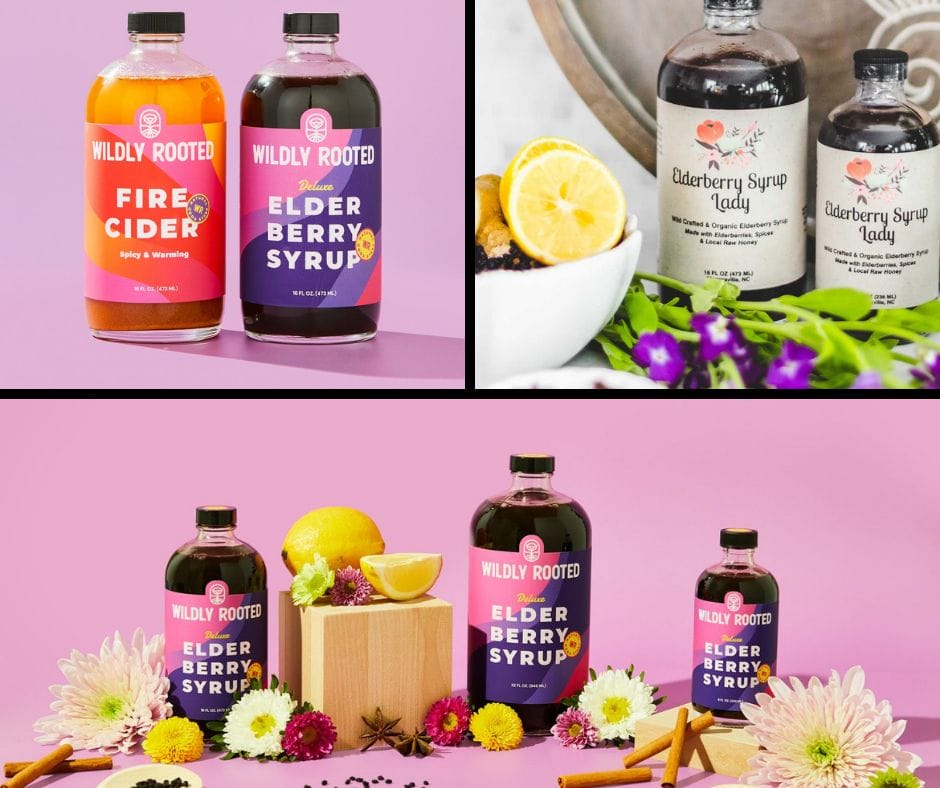
At SKU, a key focus for many of the companies going through our cohort comes down to branding. Branding impacts every aspect of your business, from your marketing strategy to where your products are sold. Effective branding strategy define your business’s personality, your promise to the customer and what makes your products unique. It’s much more than logo, a fancy package or an eye-popping color scheme.
“‘Building relationships between humans and brands’ is our reference to the fundamental principles that separate good brands from great brands in today’s content-driven world – constant strategizing, analyzing, and adjusting a brands character,” says SKU partner Daniel Gibson, managing director of NiceDay Creative Studio. “Simply put, branding is the act of humanizing a business.”
Gibson, a CPG veteran, shared some of his thoughts on the art and science of good branding.
SKU: At what point should an emerging brand focus on branding?
Daniel: In short, as soon as you prove out your product-market fit, branding should become a focus. The reasoning here is that you want any investment to offer the greatest possible return. And while branding is critical for businesses to find long-term success, the last thing you want to do is spend thousands (possibly tens of thousands) of dollars on cultivating an identity for a business model that is likely to fail. Business owners must remember that they exist to solve a fundamental problem or fill a need and jumping to conclusions prior to doing adequate research is one way to waste a lot of money. Once the product-market fit is proven, then business owners should focus on HOW they build a community around their brand and relationships with their customers. Branding is the foundation of this process.
Who, What, Where, Why & How
SKU: What goes into the process of creating branding?
Daniel: Research, collaboration, execution – repeat. The process of creating a brand is a delicate one.The goal is to humanize a business and we all know that humans are quite complex.
The Discovery Form: When Nice Day works with new brands, we start with a discovery form answering the Who, What, Where, Why , and How of your business and start teasing out the aesthetic character you want your brand to embody.
Moodboarding: Depending on the depth of insight you provide, we begin researching and developing your target audience and preferences (this will impact how your voice and visual identity is defined). You’ll then be presented with a moodboard/word bank which will showcase your brand identity direction. Next is the concepting phase where you will be presented with a variety of brand identity systems.It can take several founds of revisions. You may say “let’s try the color palette from option #1 with option #3.” As you navigate revisions, you’ll work towards finalizing the brand.
Delivery: Last but certainly not least, is the build out and delivery of a brand bible or a brand style guide. This is a rule book by which your brand is defined (what is and is not allowed when it comes to telling your brand’s story). Your style guide shapes your brand’s personality (the same personality that inspires and connects with your customers) and helps educate new employees (the same employees that act as living extensions of your brand). This guide will help ensure all your future marketing efforts are cohesive and on-brand. In summary:
The Rebrand vs. the Brand Refresh
SKU: When does a company know when it might be time for a rebrand?
Daniel: It’s important to first differentiate between a rebrand and a brand refresh. The former is when you completely change the look and feel of your identity while the latter is when you adjust certain elements of the existing design or you introduce new elements to the existing design to further develop its identity. Determining when you should invest in rebranding comes down to a few key indicators:
- Your primary target audience has or is actively changing and your positioning no longer resonates
- Your business strategy has changed drastically
- Your business is growing rapidly and you’ve outgrown your current branding
- Your brand lacks a cohesive look and feel
- The industry you operate in is quickly changing and you anticipate your current branding is being lost in the crowd
While there may be other reasons, these are the most frequent reasons why you will want to consider a rebrand of a brand refresh.

SKU:. Once you have created the branding for a company, what is your approach to building a relationship between a brand and customers?
Daniel: If you think about humans, we are complex, we have personalities, we create our own communities based on the values we share, and these things evolve through time. Applying this logic to a brand means managing your ‘humanization’ or engaging and embracing all that complexity and evolving over time. As creative marketing experts, we approach any partnership as if we are an extension of your in-house work which is why we focus on building long-term strategic partnerships. This allows us to develop a deep understanding of your business model, return more free time to you, and deliver results.
The Do’s and Don’ts
SKU: Can you share some best practices – some key do’s and don’ts – when it comes to branding and design?
Daniel:
Do: Research your target audience. If you don’t know who you’re speaking to, how are you going to speak to them? If, for example, you find that your core target audience is men, aged 50-64, you likely won’t be investing much in Pinterest advertising.
Do: Create a marketing plan. As the quote goes, “a goal without a plan is just a wish.” Spend time detailing where and how you are going to speak to your target audience and hold yourself accountable for execution.
Do: Create a style guide. While we already touched on what a style guide is, reiterating its importance is critical. Remember that brands, like humans, are meant to be unique but consistent. Without a guide you run the risk of operating outside of what makes you, you and this can cause confusion and lack of cohesion.
Don’t: Jump to conclusions. Research, research and more research. Utilize data to make informed decisions throughout the process as best you can. In a vacuum, creative is subjective, but life doesn’t operate in a vacuum. Utilize insights to influence your on-going creative decisions to the best of your ability.
Don’t: Complicate your logo or have just a single variation. If you’re serious about your business growth, you will need to communicate on a variety of platforms and through different mediums each of which will have different layouts, padding requirements, etc. Having a simple yet recognizable logo with two to three variations will ensure a clean and consistent execution without much thought.

SKU: Can you share one of your most successful case studies?
Daniel: We love when we get work deeply with a brand and its founders, establishing meaningful, long-lasting relationships. A great example is our opportunity to work with The Elderberry Syrup Lady, soon to be Wildly Rooted.
We started with a name change to help support this brands future goals of offering more than elderberry products and as a result Wildly Rooted was born. Analyzing the space and their competitors, we really wanted this brand to stand out and be a leader in this space. After lots of research, we decided to create a bright, fun vibrant brand that is also reflective of the owner’s personality.
What started as a rebranding project has evolved over time into a much more robust strategic partnership. After working through brand strategy and development of a new identity system, we moved to packaging then web design and just wrapped up our first studio shoot. Moving forward we will continue to support the brand with content creation, social media, as well as paid ads. Read more about the rebrand.

